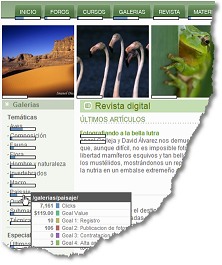Idea: a poor man's eye-tracking heatmap for win forms
idea: a "customer experience improvement program" -- for TimeSnapper, or for any .net win forms application.
what happens is this: if the customer has agreed to partake in the program, then each time a form loads, a method in a library is called.
That method will walk through all the controls in the current form, and add event watchers for certain events:
- mouse hovers,
- button clicks,
- enter/exit of textboxen,
- selection change of combos
...All the "important" events that demonstrate when a user is using or paying attention to a control.
When these events occur, they are logged and tallied into a separate xml file.
At regular intervals, or on demand, the xml file can be sent back to a home server.
But also -- the user can inspect the file locally and even "view" the file.

When the file is loaded, then it creates a hovering overlay -- a kind of heatmap that tells you how often each control is clicked on, hovered over... how often backspace and delete are used in a given textbox (this is a poor man's error rate) ...
So the customer can load this info themselves -- and they can send it through to the product owners to help them get an overview across one or many users. How useful are certain features? Does anyone use this form? (you'd need to count the number of loads for each form too...)
Messageboxes are an important thing to track -- but i don't have any technical idea for tracking them.... but a true reflection wizard would be able to do this i'm sure....
Google analytics has a feature where they show you the relative popularity of each part of your page, as an overlay.
Anyway that's my idea -- a poor man's eye-tracking heatmap/google analytics for windows forms.
I know that the MS office team records similar information ('SQM', 'Service Quality Monitoring' and of course 'the Customer Experience Improvement Program' are keywords to use if you're looking for more info), and used this information to help design the ribbon control -- but there's a few key differences here:
- they don't let the user 'use' the recorded info
- they don't boast about cool visualisations and overlays
- they don't provide a general technique usable in other programs
- They actually did it, they didn't just talk about doing it ;-)
My book "Choose Your First Product" is available now.
It gives you 4 easy steps to find and validate a humble product idea.